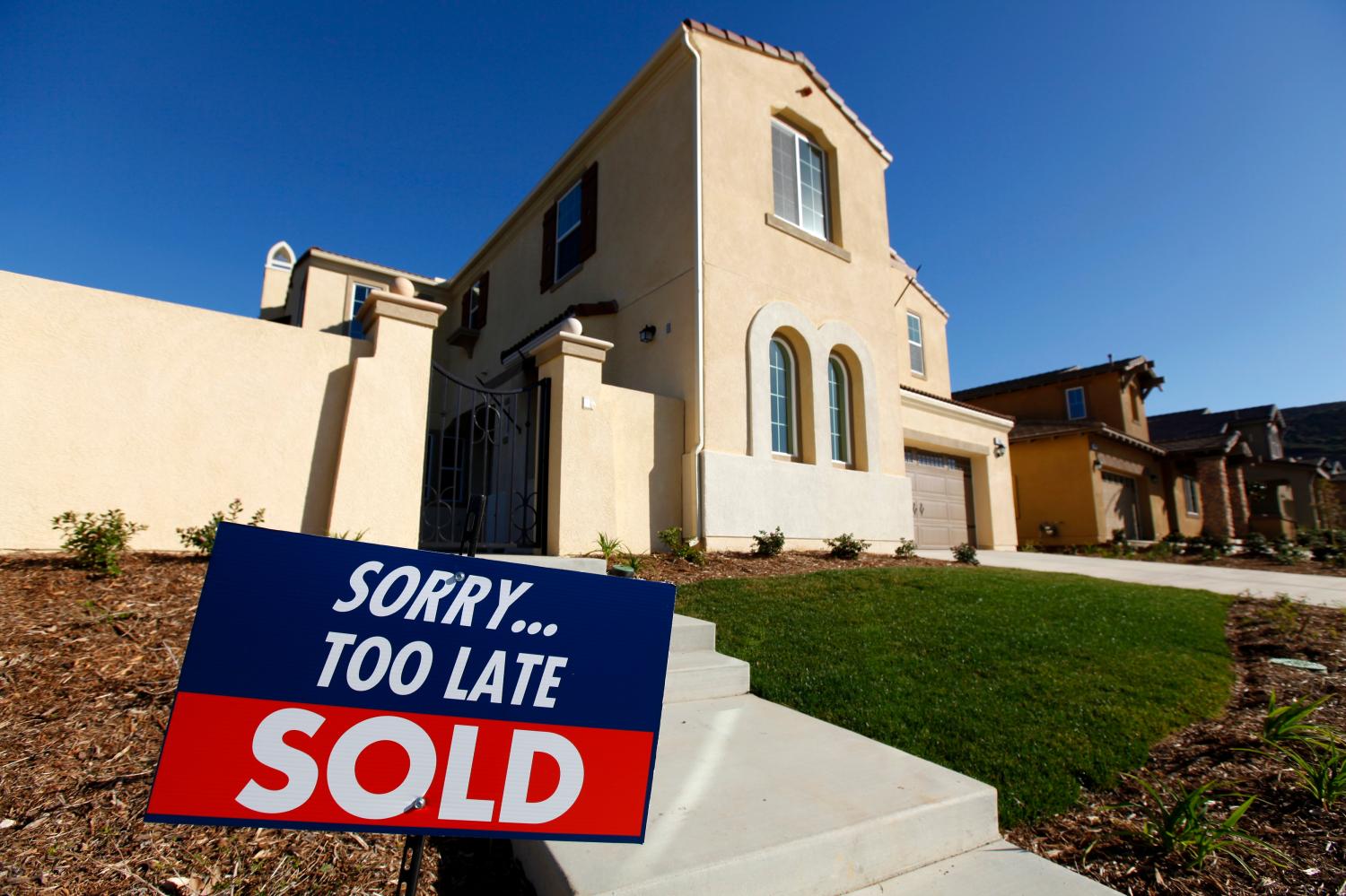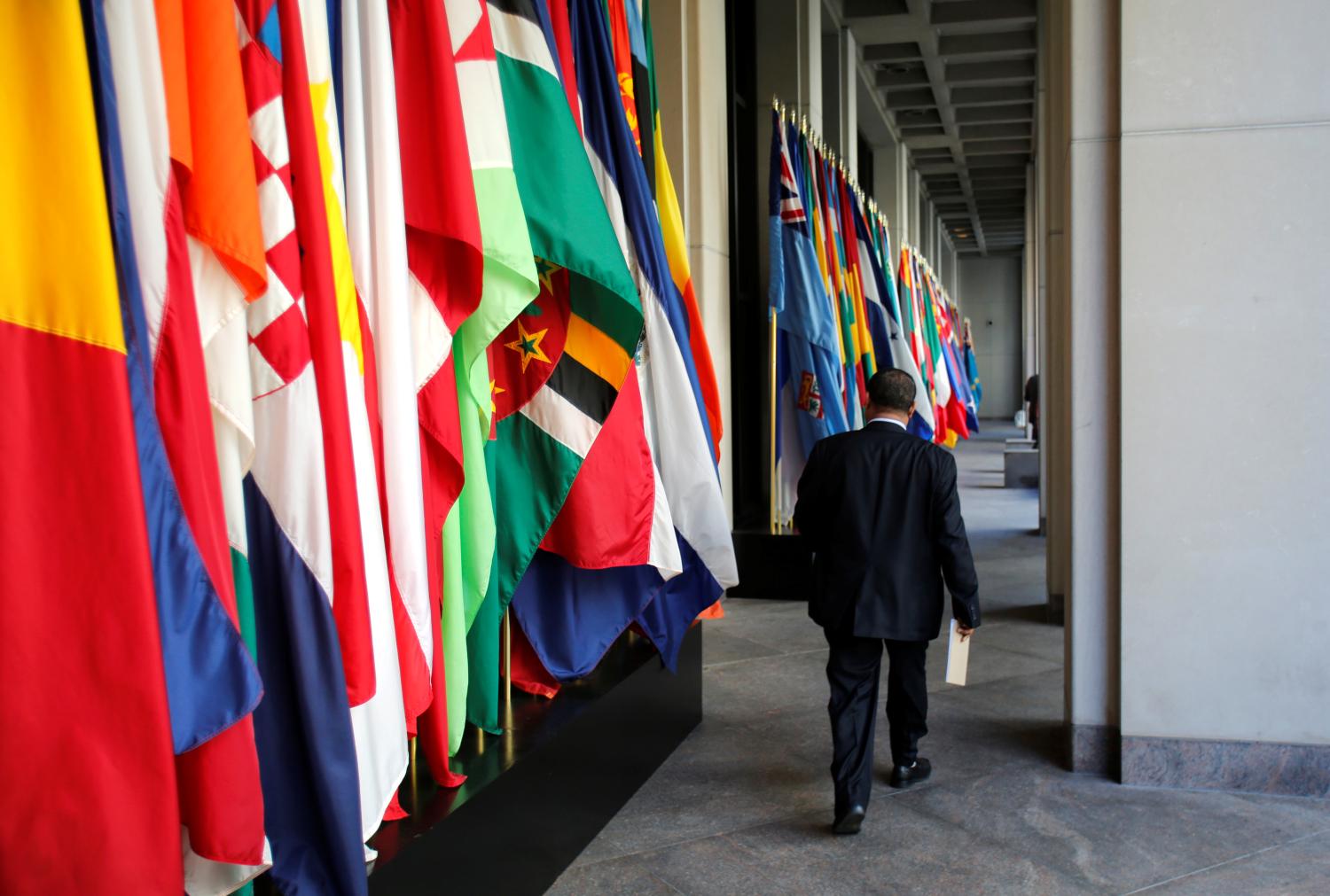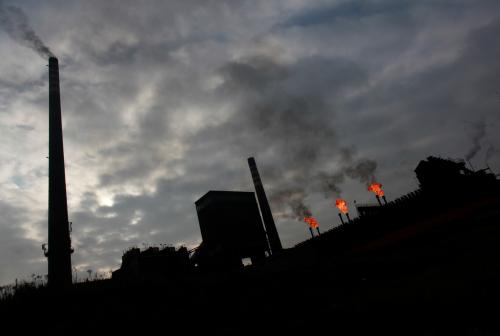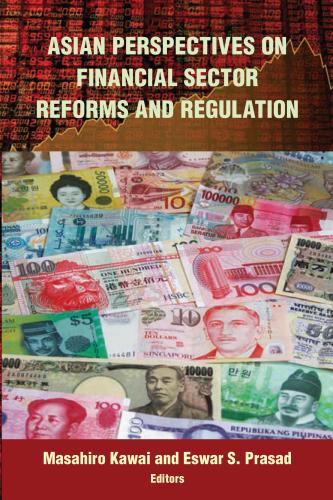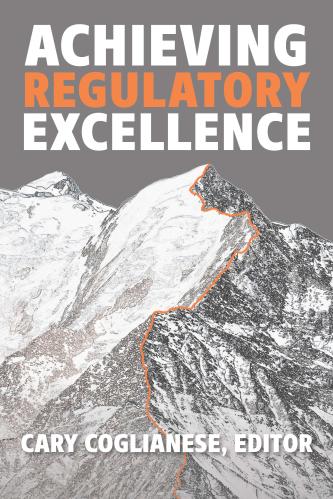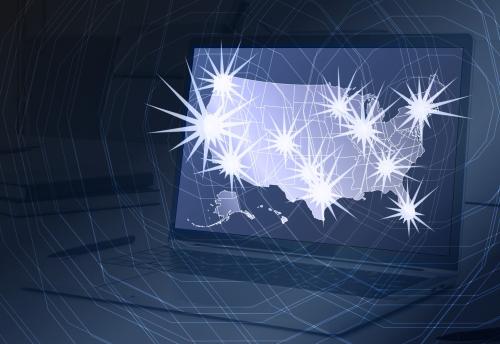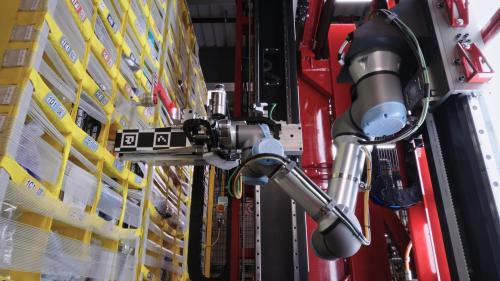“Never before has our nation enjoyed, at once, so much prosperity and social progress with so little internal crisis and so few external threats,” President Clinton argued in January 2000 in his final State of the Union address.
Despite this optimistic prognostication, the millennial decade was one of profound crisis, with serious consequences for the United States’ economy and society, and for the environmental sustainability of the American dream.
This paper starts from the following assumptions:
-
- First, though the United States’ economic model has many strengths, its resilience has been weakened. Acute economic, social and environmental challenges will need to be addressed in either the short or long term.
-
- Second, the United States’ response to this era of crisis will be an important factor influencing how other countries react, given the size of its economy, its position as a “necessary but not sufficient” actor on most global issues and its potential for innovation.
-
- Third, it is necessary to gain an understanding of the drivers of and obstacles to change in American society to draw conclusions about its response to crisis.
We identify four trajectories (scenarios) the U.S. could take over the coming decades:
-
- The United States could continue to try and muddle through, reacting to the external environment, rather than trying to shape it.
-
- It might aggressively focus on going for growth in order to meet the aspirations of its growing population, with only limited regard for environmental consequences.
-
- Alternatively, intelligent design would lead the U.S. to place greater value on sustainability at national and global levels, adopting reforms that begin to push its economy onto a new trajectory.
-
- Finally, shocks could drive an emergency response, as renewed breakdown in global financial systems, serious conflict or state failure, or a series of extreme weather events dominate the government’s agenda.
All trajectories are plausible, but the intelligent design scenario is most desirable. This paper makes recommendations that, although challenging to implement, are politically feasible and if implemented would place the U.S. growth model on a new sustainable trajectory at an acceptable cost.
To reach this goal this paper focuses on four areas for action:
-
- Increasing employment, which is the most urgent priority to accelerate recovery from the Great Recession, while addressing underlying structural issues that have led to a decade of poor economic outcomes for most citizens.
-
- Investing in the future, as the key marker of whether the United States is prepared to make farsighted decisions to improve education, build new infrastructure and increase innovation.
-
- Maximizing an increased energy endowment in a way that grows the economy, while reinforcing the trend towards reducing resource demand and reducing greenhouse gas emissions.
-
- Fiscal rebalancing, where the United States must insulate economic recovery from the process of fiscal reform while reducing and stabilizing debt over the long term.
Finally, we argue that President Obama can re-energize America’s global leadership if he builds on a platform of domestic actions that enhance the sustainability of America’s society and economy.
Download the full paper » (PDF)
The Brookings Institution is committed to quality, independence, and impact.
We are supported by a diverse array of funders. In line with our values and policies, each Brookings publication represents the sole views of its author(s).

